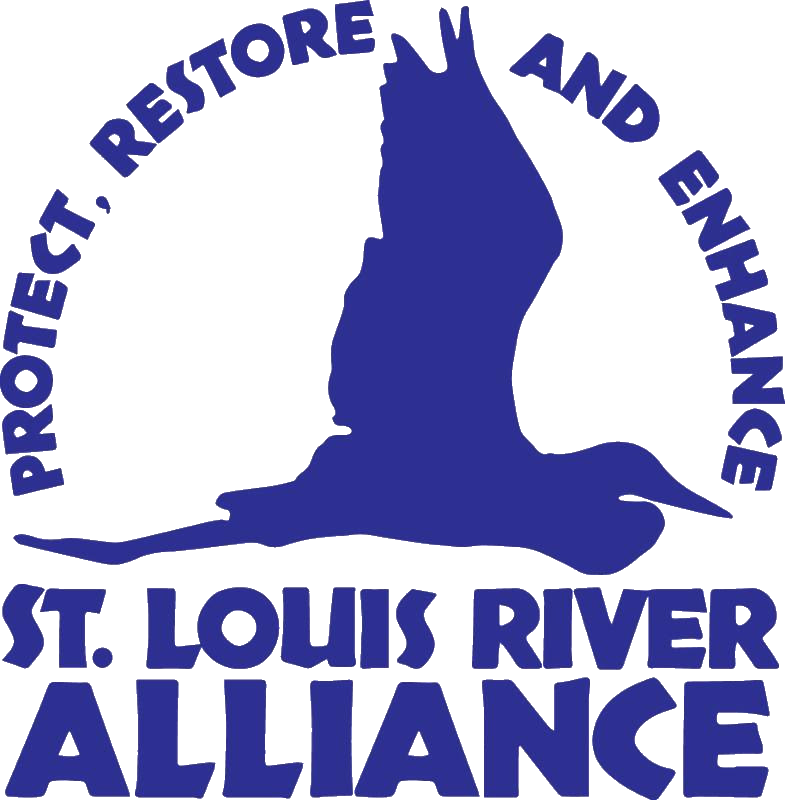Manoomin Restoration + Planting (Photos)
Thank you to everyone who joined us at our Annual Manoomin/Wild Rice Planting on September 12. With high water levels we had less seed to spread as past years, but we still planted 280 pounds in Kingsbury Bay on the St. Louis River. This was the 8th year SLRA has had the opportunity to participate in these restoration efforts in partnership with the Wisconsin Department of Natural Resources.
During this time volunteers learned about manoomin ecology, cultural significance and restoration in the St. Louis River and reseeded the wetlands in Kingsbury Bay for reestablishment. In the past, seed has been replanted around Clough Island.
Monitoring by the 1854 Treaty Authority shows that Manoomin growth progress in the estuary is slow, but steadily increasing in density. With consistent planting and management, partners are hopeful that self-sustaining manoomin will be re-established.
Northern wild rice, manoomin (Ojibwe), or Zizania palustria (scientific name), is an important component to the St. Louis River estuary because of its value as both a cultural and ecological resource. It is tied to the migration story of the Ojibwe people, and it provides an important food source for people and wildlife.
Historical accounts suggest that manoomin was once abundant in the St. Louis River estuary. From the 1930's to the 1960's the St. Louis River estuary contained between 600 and 1,000 acres of wild rice. Over the past 50 years, its abundance and distribution has been reduced to a few remnant stands. The cause for the decline in manoomin abundance include dredging and filling in the estuary, wholesale logging, industry development and water quality impacts from land use and point source inputs.
The Manoomin Restoration Partnership-St. Louis River Estuary includes MN Department of Natural Resources, WI Department of Natural Resources, Fond du Lac Band of Lake Superior Chippewa, St. Louis River Alliance and additional tribal partners and non-profits.










